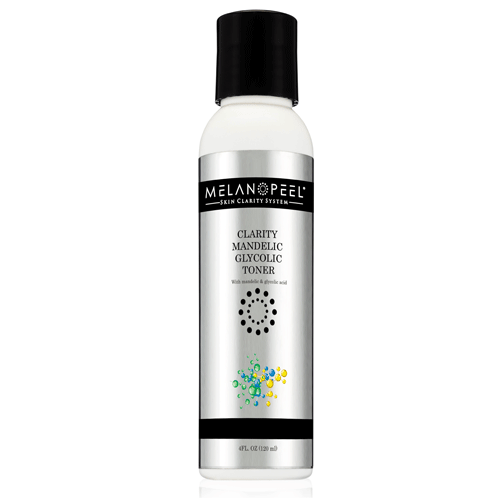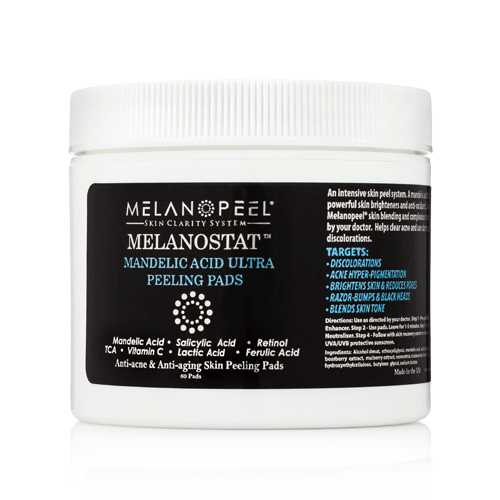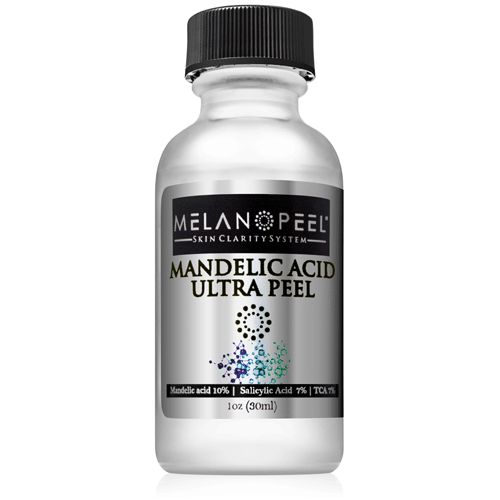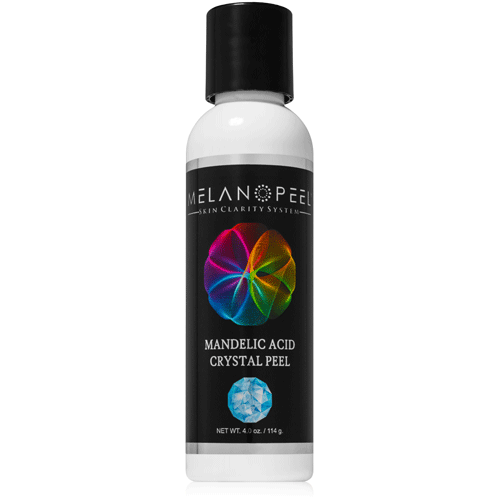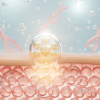
Keratosis pilaris (KP) is a common, benign and harmless skin condition that is characterized by the presence of small, red and rough bumps on the skin. Keratosis pilaris is also known as “Chicken Skin” because it creates “goosebumps” or “chicken skin” like appearance on your skin.
This condition is not age-specific; it can affect people of all ages including children, teens and adults.
KP is not a contagious disease. Typically, it appears around hair follicles present on the legs, upper arms, buttocks and cheeks (usually in children). This condition is often considered a variant of normal skin.
The bumps are basically dead skin cells that are clogging your hair follicles.
Your pores are the openings for air follicles, and and our skin has thousands of these. When dead skin cells clog or block these pores, we feel dry and rough patches of keratosis pilaris.
Typical signs and symptoms of keratosis pilaris are;
- Goosebumps or plucked chicken-like appearance
- Irritable and dry skin
- Itching
- Sandpaper like feelings of bumps
- Bumps appearing in different colors (such as red, black, white, brown or pink)
- The condition worsens during winter or dry climate
For most people, keratosis pilaris usually begins in the early in life; around the age of two or during teenage years. It usually improves naturally as we get older. Women are more likely to get this condition compared to men.

Supplements such as fish oils and diets high in fish and omega 3 fatty acids have been shown to reduce the severity of KP.
The exact cause of keratosis pilaris is still unknown, but overproduction of keratin is a known cause of this condition. Keratin is a protein that protects your skin from infection and harmful substances. Keratin blocks the opening of hair follicles leading to bumpy and rough skin.
These bumps arise due to excessive accumulation of keratin. It is also believed that keratosis pilaris may be caused by some defect in hair formation, leading to the production of defective sebaceous glands.
Melanopeel® has treatment options to help relieve the symptoms of KP.
Professional treatments by your Melanopeel® physician including special chemical peel protocols are the first step towards improving the condition.
Treatments should be consistent, as KP tends to return when not consistent with care.
There are other conditions associated with KP, and having them can increase your chances of getting it.
These conditions include:
- Dry skin
- Family history of keratosis pilaris
- Asthma
- Atopic dermatitis (eczema)
- Hay fever
- Obesity
- Ichthyosis Vulgaris
Although, KP is not a harmful skin condition, many people find it aesthetically disturbing and annoying. Treating keratosis pilaris revolves around your consistency and continuous care of the skin. Home peels like our Mandelic Acid Body Peel can be very helpful, in addition to other clinic recommendations used as a system.
Your Anti-KP regime needs combination treatment for it to be effective. This includes resurfacing professional peels and treatments by your physician, pore-refining cleansers, resurfacing home peels and daily skin lotion, plus barrier-membrane protection.
Your KP Kit by Melanopeel®. Ask your clinic for the best recommendations for your skin type.
Mandelic Microderm Scrub BP Scrub Mandelic Glycolic Toner Mandelic Ultra TCA Peel Pads Mandelic Peel Pads Mandelic Ultra TCA Home Peel Mandelic Crystal Peel Mandelic Retinol Lotion Dermal Recover Serum
On darker skin, treatment may also include skin lightening products and treatments to fade dark marks from KP.





